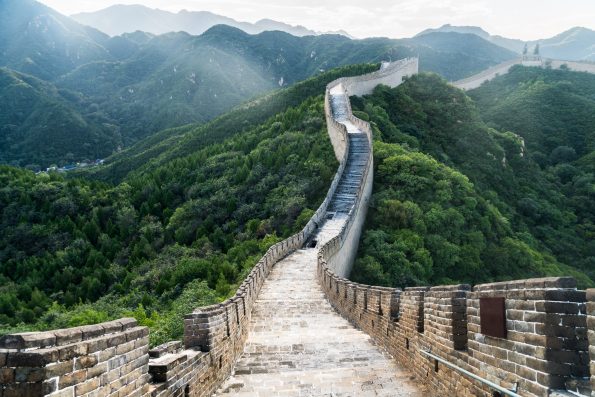Archaeologists in China have unearthed the tomb of an ancient emperor, featuring at least 146 funerary objects. The tomb is located in northern China in Xianyang, Shaanxi province, and is 1,500 years old.
It is said to have belonged to the founding emperor of China’s Northern Zhou dynasty, which lasted from 557 to 581 A.D. Yuwen Jue was the ancient Chinese ruler who was the founding emperor of the Northern Zhou dynasty.
He was born in 542 A.D. and died in 557 A.D. at only fifteen years old, so he took the throne at a very young age. In 557 A.D., his cousin, Yuwen Hu, unseated him from his place on the throne and had him killed.
The emperor’s tomb consists of a single chamber and has a total length of 186 feet. It lies over thirty feet below the surface of the earth. The objects found in the tomb included pottery figurines and ceramic items.
The figurines depict people in several different roles. For example, some are dancers, warriors, and animals, such as transport camels.
The figurines can be studied to learn more about the culture at that time. The transport camels, for instance, indicate that the region during this period was open to trade and innovation.
Evidence confirms that the tomb was looted long ago. The figurines and ceramic objects show signs of damage. Their surfaces contain scrapes and don’t seem to have been made from high-quality materials. This indicates that the looters were able to carry off more regal treasures, leaving behind the less valuable items like the figurines.
According to Zhao Zhanrui, an assistant researcher at the Shaanxi Academy, the tomb’s discovery can make significant strides toward the understanding of the emperors who ruled during the Northern Dynasties.
Between the fourth and sixth centuries A.D., the Northern and Southern Dynasties were a politically turbulent time in China. During this period, the north and south parts of China were split in half. The period came to an end after Emperor Wei of the Sui dynasty managed to unify the country once again.

Sign up for Chip Chick’s newsletter and get stories like this delivered to your inbox.


